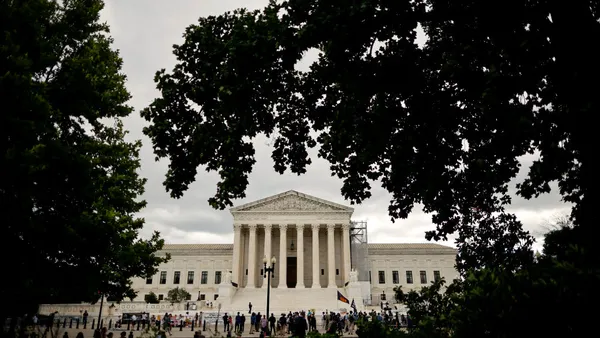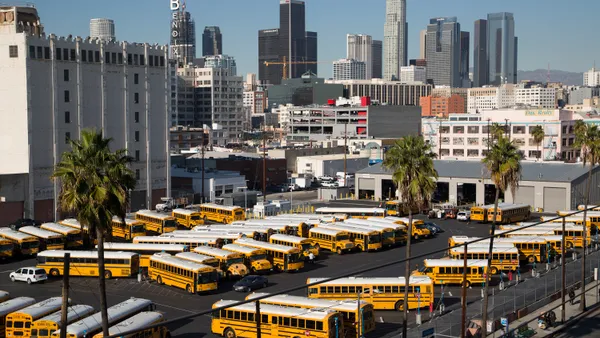Dive Brief:
- Teacher vacancies in Michigan have almost doubled, yet educator applications in the state have declined by half compared to just before the pandemic, according to a recent study by researchers in the state.
- High-poverty districts saw four times fewer applicants for teaching positions in 2022-23 than districts serving less economically disadvantaged students, the study found in an analysis of data from the state and surveys of district administrators and school leaders.
- To address the issue, researchers recommend stabilizing and improving resources to prevent a fiscal “cliff effect” driven by the loss of COVID-related emergency funding. They also suggest expanding resources toward hard-to-staff subjects and schools while also strengthening the teacher pipeline. The study's findings reflect staffing challenges impacting districts nationwide.
Dive Insight:
Other recent statewide reports on teacher shortages have found that teacher turnover rates continued to climb since the pandemic — similar to the new study by researchers from the University of Michigan, Michigan State University and Public Policy Associates in partnership with the Michigan Alliance for Student Opportunity.
In Virginia, for instance, 4.8% of teaching positions were vacant on the first day of the 2023-24 school year, an increase from 3.9% the previous school year, according to a September report by the Joint Legislative Audit and Review Commission. Years prior to the pandemic, vacancy rates were less than 1% in the state, the report added.
An analysis of Wisconsin’s teacher turnover data between 2009 to 2023, shows an average 11.5% educator turnover rate. However, teacher turnover increased to 15.8% during the 2022-23 school year — a record high during the years studied, the Wisconsin Policy Forum reported in August.
The Wisconsin study also found that turnover was the highest in districts serving larger proportions of low-income students and students of color.
“This effect is especially concerning given our findings that turnover is highest in precisely those schools where students face the biggest challenges and might benefit the most from a stable environment in which to learn,” the Wisconsin Policy Forum report said. “As students recover from the worst of pandemic disruption, that stability may be even more important.”
These recent statewide findings reflect a larger trend noted by university researchers who reported in August that teacher vacancies nationwide jumped by 51% from 2022 to 2023.
Districts and states are exploring several innovative approaches to tackling teacher shortages, though it’s still early to tell if those approaches will ultimately help in the long run. States are increasingly pivoting to registered teacher apprenticeship programs, which pay student teachers for working in the classroom while they earn their certification.
Rising teacher vacancies have also left schools to rely on live instruction from certified virtual teachers to instruct in-person classrooms.
To address shortages in acute subject areas and in high-poverty schools and districts, strategic pay has popped up as another solution, with higher salaries going to teachers who work in hard-to-staff subjects and schools.














